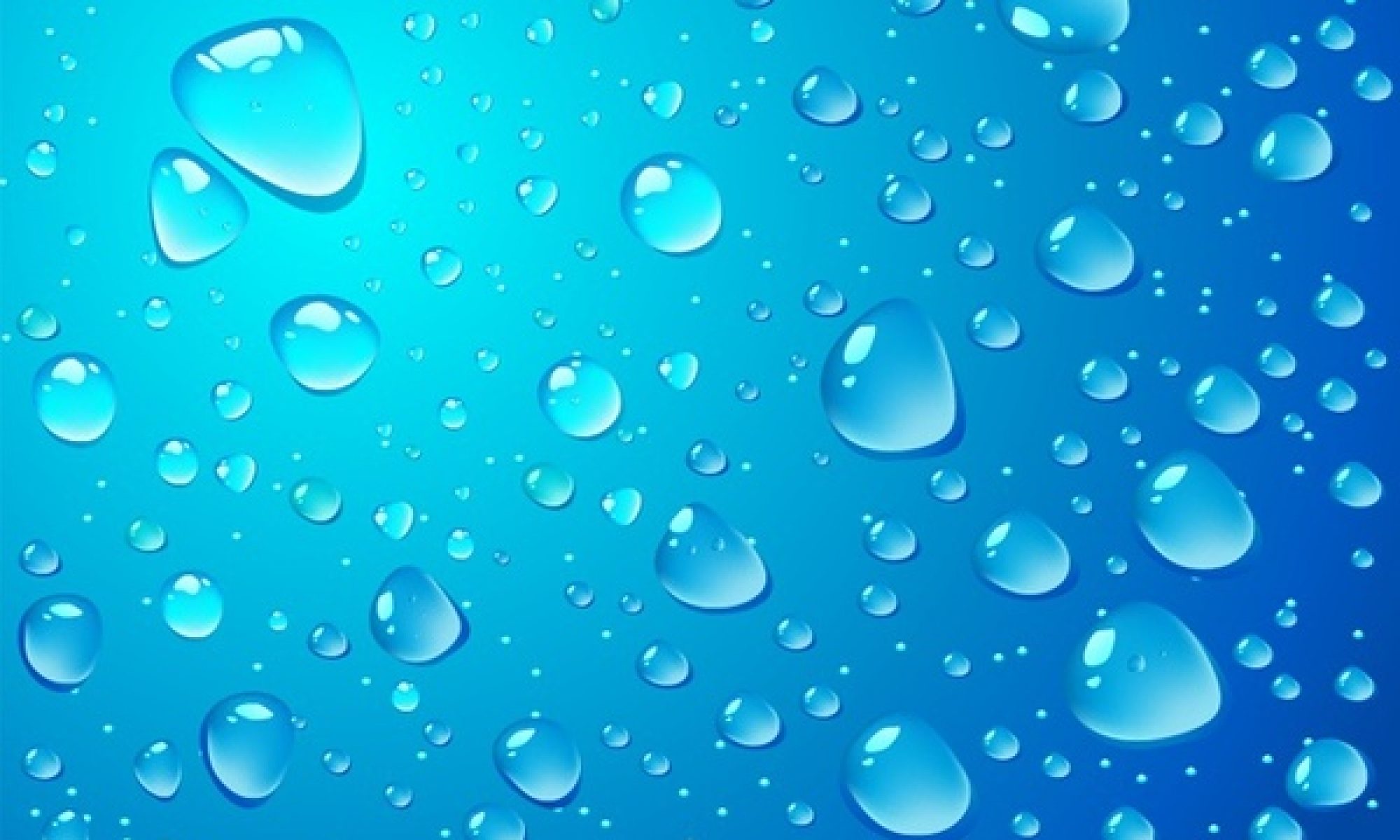The Biden Administration, continuing its proactive approach to environmental health, has introduced the first-ever national drinking water standards aimed at reducing PFAS contamination, often referred to as ‘forever chemicals’. This landmark regulation, finalized on April 10th, is designed to protect against health risks associated with PFAS, including various cancers and liver and immune system damage, benefiting around 100 million people.
Key Highlights of the New Regulation:
- Legally Enforceable Standards: The Environmental Protection Agency (EPA) has set specific limits for five PFAS compounds (PFOA, PFOS, PFNA, PFHxS, and HFPO-DA) and a collective threshold for any combination of four specific PFAS types. These measures are expected to mitigate thousands of deaths and prevent tens of thousands of serious health conditions.
- Extensive Funding for Clean Water Initiatives: As part of President Biden’s Investing in America agenda and the Bipartisan Infrastructure Law, nearly $1 billion in funding is now available to assist state and local efforts to monitor, test, and treat PFAS in public water systems and private wells. This initiative is part of a broader $21 billion investment aimed at enhancing the nation’s water infrastructure.
Impact on Communities:
The new standards mark a significant advancement in public health protections, particularly for communities that have been heavily impacted by PFAS due to industrial contamination. The administration’s focused efforts include not only stringent regulations but also financial support to ensure that all American communities have access to safe and clean drinking water.
Government-Wide Strategy on PFAS:
The announcement aligns with the Biden Administration’s environmental strategy to tackle PFAS pollution. This includes a series of upcoming webinars by the EPA to educate communities and water utilities about the new regulations and available resources. Additionally, the administration’s approach includes community engagement and partnerships with state and local entities to enforce these new standards effectively.
This decisive action by the Biden-Harris Administration underscores its commitment to addressing environmental and public health challenges, ensuring a safer, healthier future for all. By establishing these rigorous PFAS limits and supporting them with unprecedented funding for water quality improvements, the administration is not only fulfilling its promise of environmental stewardship but also enhancing the quality of life for millions of Americans.
If the water coming out of your tap lacks the quality you desire, contact Reynolds’ Water Conditioning Company today!
Reynolds Water Conditioning was established in 1931 and is Michigan’s oldest water conditioning treatment company. Still owned and operated by the Reynolds family, we take pride in providing the highest quality products at a cost-effective price. If your tap water lacks the quality you deserve, contact us today at 800-572-9575.
Written by the digital marketing team at Creative Programs & Systems: www.cpsmi.com




